Home>Gardening & Outdoor>Landscaping Ideas>What Kills Quackgrass In Lawns
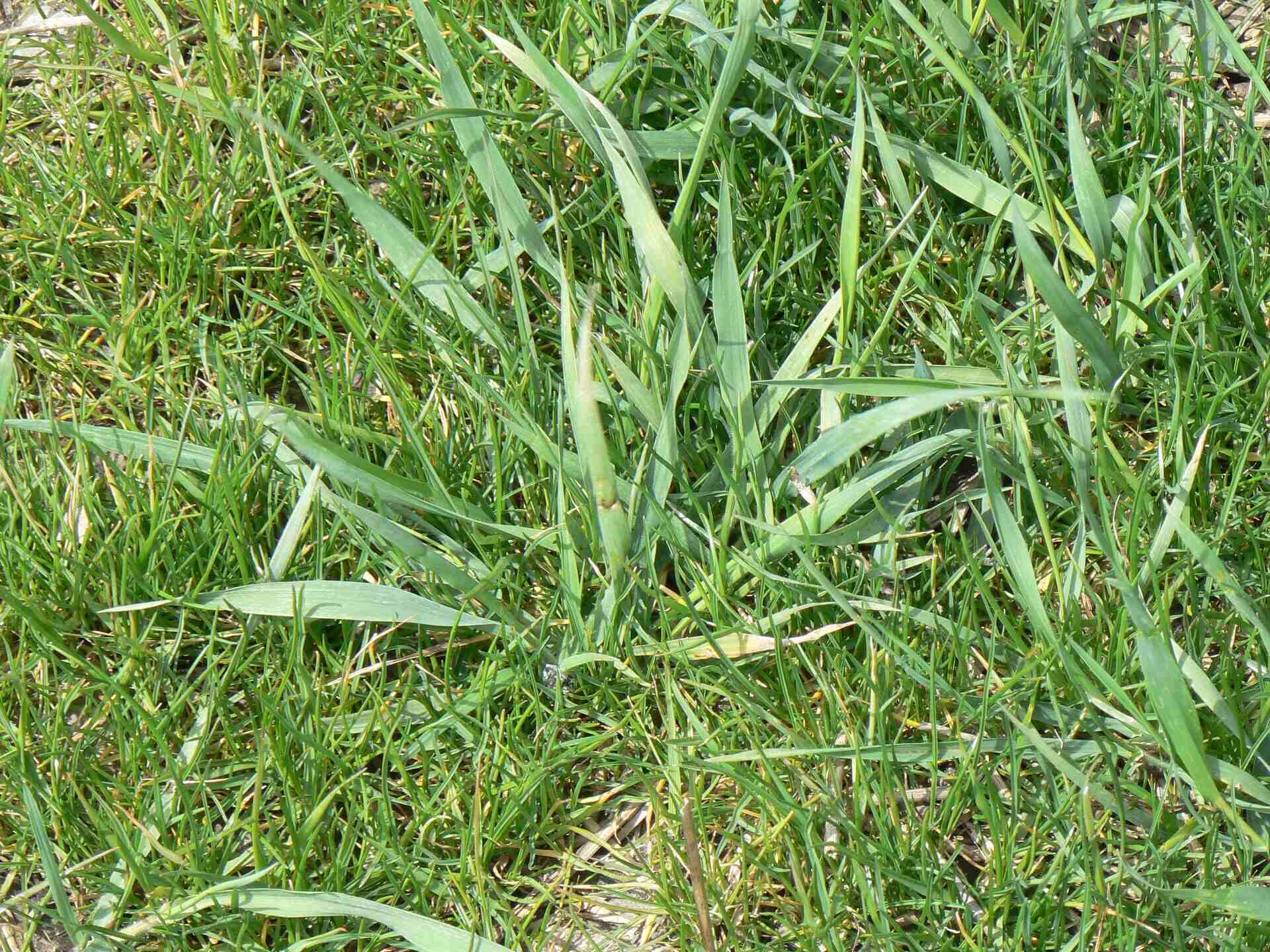

Landscaping Ideas
What Kills Quackgrass In Lawns
Modified: January 9, 2024
Learn effective landscaping ideas to kill quackgrass in your lawn. Discover proven methods for eliminating quackgrass from your landscaping.
(Many of the links in this article redirect to a specific reviewed product. Your purchase of these products through affiliate links helps to generate commission for Storables.com, at no extra cost. Learn more)
Introduction
Welcome to the battle against quackgrass in lawns. Quackgrass, also known as couchgrass or twitchgrass, is a persistent and invasive perennial grass that can quickly take over your lawn, causing frustration for many homeowners. Its resilient nature and aggressive growth habits make it a formidable foe for anyone striving to maintain a lush, weed-free lawn.
In this comprehensive guide, we will explore various methods for effectively controlling and eradicating quackgrass from your lawn. From cultural and mechanical control techniques to chemical treatments and integrated approaches, we’ll delve into the arsenal of strategies available to combat this troublesome weed.
Whether you’re a seasoned gardener or a novice enthusiast, understanding the intricacies of quackgrass and the most effective control methods is essential for reclaiming the health and beauty of your lawn. So, gear up and arm yourself with knowledge as we embark on a journey to conquer quackgrass and restore your lawn to its former glory.
Key Takeaways:
- Quackgrass, a persistent weed, can be controlled through proper lawn care, selective herbicide use, and vigilant monitoring. Understanding its growth habits is crucial for effective management.
- Combining cultural, chemical, and mechanical control methods forms a holistic approach to combat quackgrass. Persistence and a multifaceted strategy are key to reclaiming a lush, weed-free lawn.
Read more: What Kills Oxalis In Lawns
Understanding Quackgrass
Before diving into the methods of controlling quackgrass, it’s crucial to understand the adversary you’re up against. Quackgrass (Elymus repens) is a perennial grass species that spreads through aggressive rhizomes, making it challenging to eradicate once established. Its long, creeping underground stems enable it to rapidly colonize lawns, flowerbeds, and garden spaces, outcompeting desirable plants and wreaking havoc on the visual appeal of your landscape.
Identifying quackgrass is essential for effective control. This grass species features flat, broad leaves with rough edges and a membranous ligule. Its distinctive seed heads bear a resemblance to wheat, allowing for easy recognition in the lawn. Quackgrass thrives in a wide range of soil types and is highly adaptable, making it a pervasive nuisance for gardeners and homeowners.
Understanding the growth habits and resilience of quackgrass sheds light on the challenges of eradicating it. Its extensive rhizome system enables it to regenerate from even the smallest root segments, making mechanical removal a daunting task. Moreover, quackgrass can thrive in adverse conditions, including drought and poor soil, further complicating control efforts.
As a homeowner, recognizing the characteristics and growth patterns of quackgrass empowers you to implement targeted control measures. By gaining insight into its tenacious nature and propagation methods, you can devise a strategic approach to combatting this persistent weed and reclaiming the health and beauty of your lawn.
Cultural Control Methods
When tackling quackgrass in lawns, cultural control methods serve as the foundation for long-term management. By implementing practices that promote the health of your lawn while suppressing quackgrass growth, you can gradually weaken and diminish its presence.
1. Vigorous Lawn Care: Maintaining a healthy and dense lawn through proper watering, mowing, and fertilization is essential for outcompeting quackgrass. Regular mowing at the appropriate height for your grass species helps shade the soil, inhibiting quackgrass growth and seed germination.
2. Hand Pulling and Smothering: While labor-intensive, hand pulling quackgrass, along with its rhizomes, can be effective for small infestations. Additionally, smothering the weed with mulch or heavy-duty landscaping fabric deprives it of light and impedes its growth.
3. Proper Soil Management: Improving soil health and structure through aeration, dethatching, and proper drainage discourages quackgrass growth. Creating optimal conditions for desirable turf grasses enhances their competitiveness against invasive weeds.
4. Avoiding Disturbance: Minimizing soil disturbance in infested areas can prevent the fragmentation and spread of quackgrass rhizomes. Carefully tending to your lawn and garden beds without disrupting the soil helps contain the weed’s expansion.
5. Selective Herbicide Application: Utilizing selective herbicides designed to target grassy weeds while sparing desirable turf species can aid in quackgrass suppression. However, it’s crucial to follow label instructions and exercise caution to prevent unintended damage to your lawn.
By integrating these cultural control methods into your lawn care regimen, you can gradually diminish the vigor of quackgrass and create an environment conducive to the flourishing of your desired turf grasses. While these approaches may require patience and persistence, they form the cornerstone of sustainable quackgrass management in lawns.
Chemical Control Methods
When faced with a widespread quackgrass infestation in your lawn, chemical control methods can provide an effective means of suppression. Selective herbicides formulated to target grassy weeds while preserving desirable turf species offer a strategic approach to combating quackgrass.
1. Post-Emergent Herbicides: Selective post-emergent herbicides containing active ingredients such as fenoxaprop, fluazifop, or sethoxydim can be applied to actively growing quackgrass. These herbicides selectively target grassy weeds, effectively impeding their growth without harming the surrounding turf grass.
2. Systemic Herbicides: Systemic herbicides, such as glyphosate, can be utilized for spot treatments in non-turf areas or when complete lawn renovation is planned. Care must be taken to avoid contact with desirable plants, as systemic herbicides are non-selective and can cause damage to surrounding vegetation.
3. Pre-Emergent Herbicides: While not effective for existing quackgrass, pre-emergent herbicides containing dithiopyr or prodiamine can prevent quackgrass seed germination, providing a proactive approach to weed control in subsequent seasons.
4. Herbicide Application Timing: Timing is critical when applying herbicides for quackgrass control. Targeting the weed during its active growth stages, typically in spring and early summer, maximizes the efficacy of herbicide treatments.
5. Adherence to Label Instructions: It is imperative to strictly adhere to herbicide label instructions regarding application rates, timing, and safety precautions. Additionally, understanding the environmental conditions and restrictions for herbicide use in your region is essential for responsible and effective application.
While chemical control methods can offer effective quackgrass suppression, it is important to approach their use with caution and consideration for environmental impact. Integrating chemical control with cultural and mechanical methods as part of an integrated approach can yield comprehensive and sustainable results in managing quackgrass in lawns.
Regularly mowing your lawn at a height of 2-3 inches can help weaken and eventually kill quackgrass by depriving it of sunlight and stunting its growth.
Mechanical Control Methods
Employing mechanical control methods is a hands-on approach to managing quackgrass infestations in lawns. While labor-intensive, these techniques can be effective when combined with other control strategies, contributing to the gradual reduction of quackgrass populations.
1. Hand Digging and Removal: For localized quackgrass patches, hand digging with a trowel or shovel can be employed to carefully extract the weed along with its rhizomes. Thorough removal of the underground stems is crucial to prevent regrowth.
2. Regular Cultivation: Frequent cultivation of the soil in infested areas can disrupt quackgrass rhizomes and impede their growth. However, this method should be approached cautiously to avoid inadvertently spreading rhizome fragments.
3. Sod Replacement: In severe cases of quackgrass infestation, removing and replacing the affected sod can effectively eradicate the weed. This approach provides a clean slate for establishing a healthy lawn without the persistent presence of quackgrass.
4. Solarization: Utilizing solarization, a technique that harnesses solar heat to sterilize the soil, can help reduce quackgrass populations in specific areas. By covering the infested soil with clear plastic during the hot summer months, the accumulated heat can suppress quackgrass and other weeds.
5. Mowing and Trimming: Regular mowing at the appropriate height for your turf grass species can limit the vigor of quackgrass by reducing light availability and weakening its growth. Trimming the edges of lawn areas can also prevent quackgrass encroachment from adjacent spaces.
While mechanical control methods demand physical effort and persistence, they can play a valuable role in quackgrass management when integrated with cultural and chemical strategies. By combining these approaches, you can gradually diminish the prevalence of quackgrass and restore the health and aesthetics of your lawn.
Read more: What Is Quackgrass
Integrated Control Approaches
Integrated control approaches offer a holistic and multifaceted strategy for managing quackgrass in lawns. By combining cultural, chemical, and mechanical control methods, along with proactive measures, homeowners can effectively combat quackgrass while promoting the vitality of their desired turf grasses.
1. Comprehensive Lawn Care: Implementing a robust lawn care regimen that includes proper watering, fertilization, and mowing practices is fundamental to creating an environment conducive to healthy turf grass growth. A dense and vigorous lawn naturally suppresses the encroachment of quackgrass and other weeds.
2. Targeted Herbicide Applications: Utilizing selective post-emergent herbicides to target actively growing quackgrass while sparing desirable turf species forms a crucial component of integrated control. Spot treatments and strategic herbicide application timing enhance the effectiveness of chemical control.
3. Vigilant Monitoring and Intervention: Regular inspection of the lawn for quackgrass outbreaks enables early intervention, preventing the weed from establishing extensive populations. Prompt removal of quackgrass shoots and rhizomes can curtail its spread and minimize the need for extensive control measures.
4. Soil Health Enhancement: Improving soil structure and fertility through aeration, dethatching, and soil amendments fosters the robust growth of desired turf grasses, reducing the opportunities for quackgrass to proliferate. Healthy soil supports the resilience of the lawn against weed encroachment.
5. Long-Term Maintenance Planning: Developing a long-term maintenance plan that integrates various control methods and anticipates seasonal fluctuations in quackgrass growth is essential for sustained weed management. Consistent implementation of control measures contributes to gradual suppression and containment of quackgrass.
By integrating these approaches, homeowners can establish a proactive and comprehensive strategy for quackgrass control, fostering the long-term health and aesthetics of their lawns. Recognizing the interconnectedness of cultural, chemical, and mechanical methods empowers individuals to address quackgrass infestations with a multifaceted and sustainable approach.
Conclusion
Confronting quackgrass in lawns demands a strategic and persistent approach to weed management. As a resilient and invasive perennial grass, quackgrass poses a formidable challenge for homeowners striving to maintain healthy and visually appealing landscapes. However, armed with a diverse arsenal of control methods, you can effectively combat quackgrass and reclaim the beauty of your lawn.
Understanding the growth habits and characteristics of quackgrass is pivotal in devising targeted control strategies. By familiarizing yourself with this tenacious weed, you can implement cultural, chemical, and mechanical control methods tailored to its unique challenges. Cultivating a lush and vigorous lawn through proper care practices forms the cornerstone of sustainable quackgrass management, while selective herbicides and mechanical interventions offer targeted means of suppression.
Embracing an integrated approach to quackgrass control, which combines cultural, chemical, and mechanical methods, empowers homeowners to address weed infestations comprehensively. Proactive monitoring, vigilant intervention, and long-term maintenance planning are essential components of this multifaceted strategy, fostering the resilience of the lawn against quackgrass encroachment.
As you embark on your journey to conquer quackgrass, remember that persistence and consistency are key. While eradication may not be immediate, gradual suppression and containment of quackgrass are achievable through dedicated efforts and a multifaceted approach to weed management. By nurturing the health of your lawn and implementing targeted control measures, you can reclaim your outdoor space from the clutches of quackgrass and cultivate a landscape that thrives with vitality and beauty.
So, gear up, arm yourself with knowledge, and embark on the quest to restore the splendor of your lawn, free from the relentless grip of quackgrass.
Frequently Asked Questions about What Kills Quackgrass In Lawns
Was this page helpful?
At Storables.com, we guarantee accurate and reliable information. Our content, validated by Expert Board Contributors, is crafted following stringent Editorial Policies. We're committed to providing you with well-researched, expert-backed insights for all your informational needs.
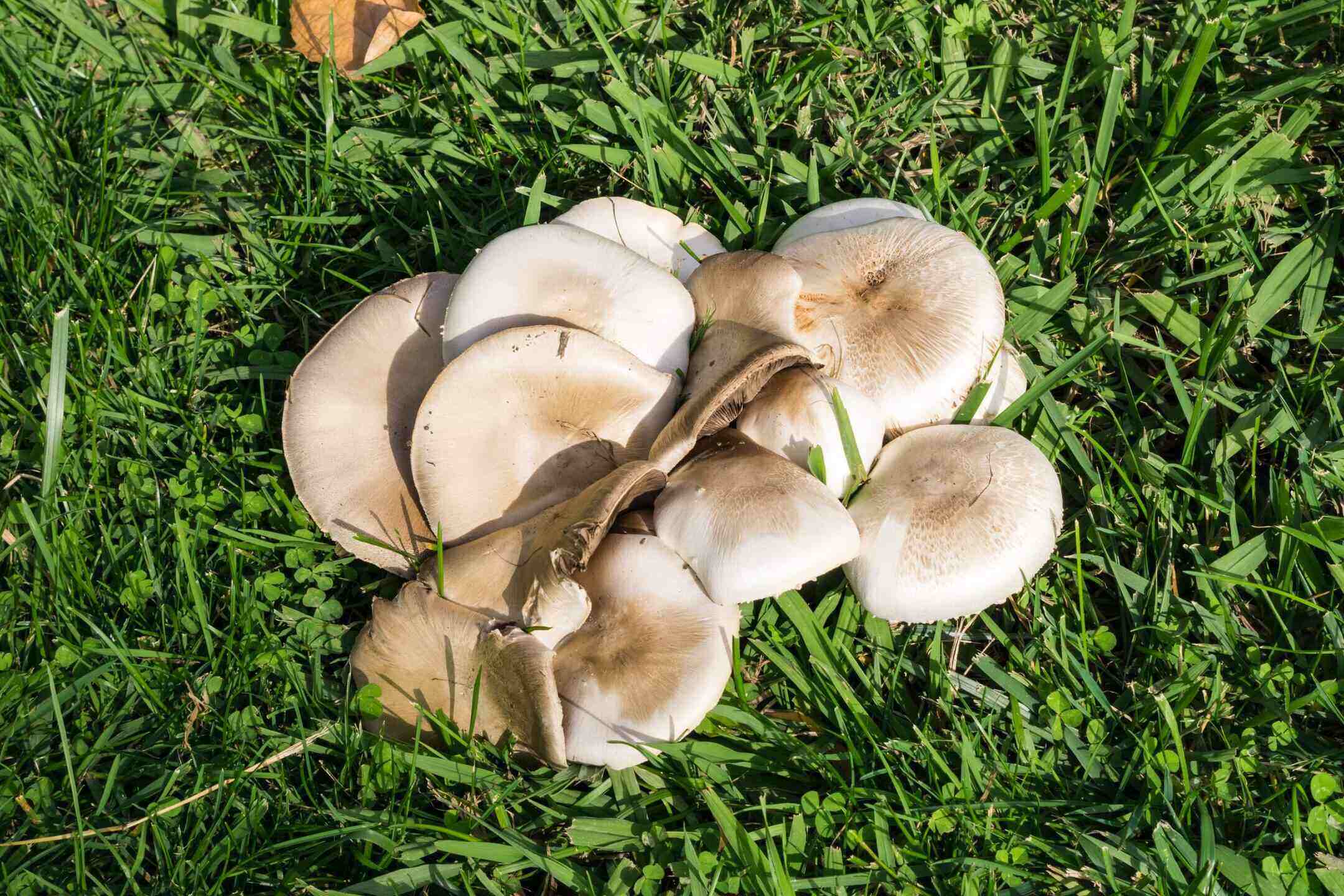
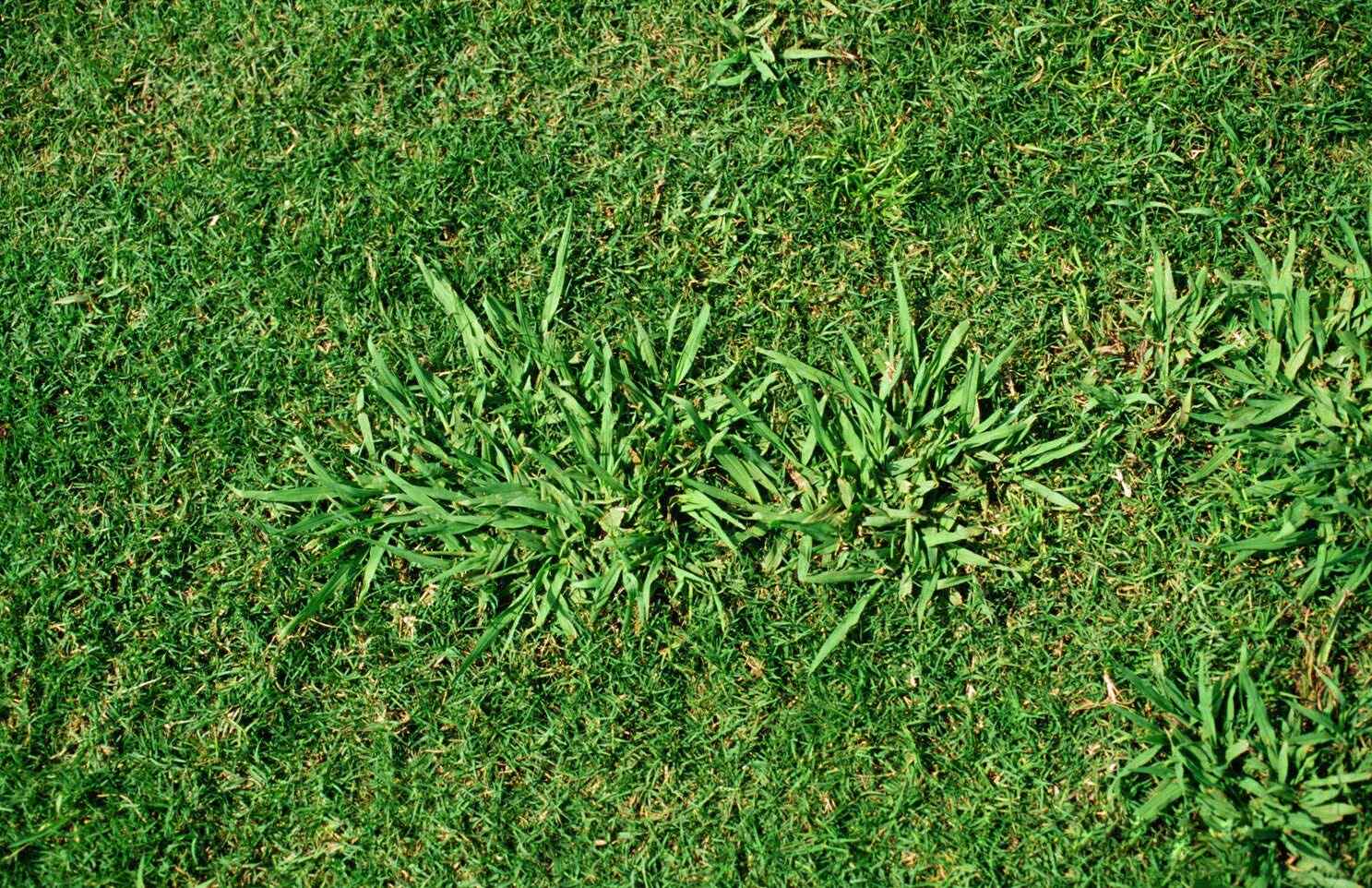
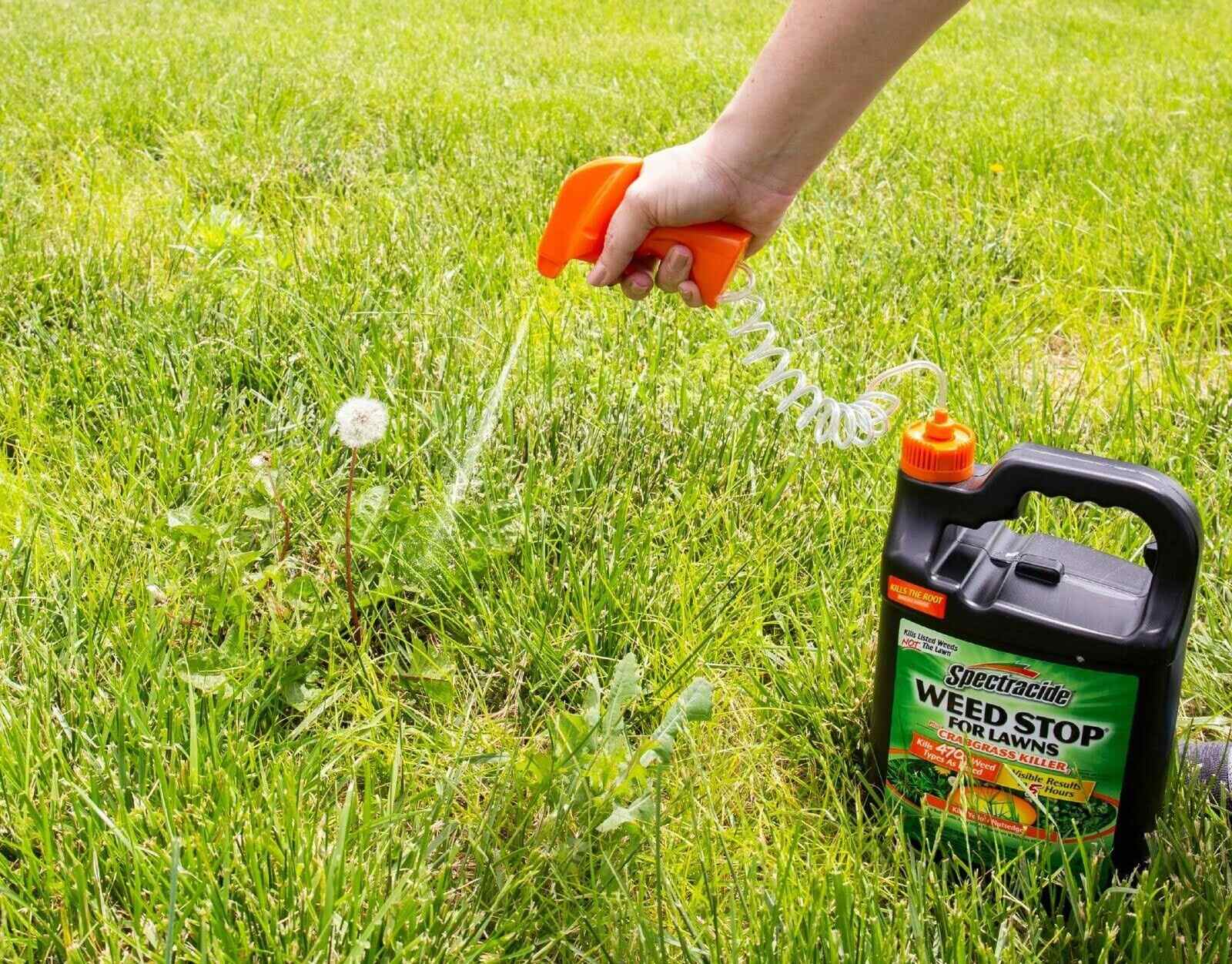
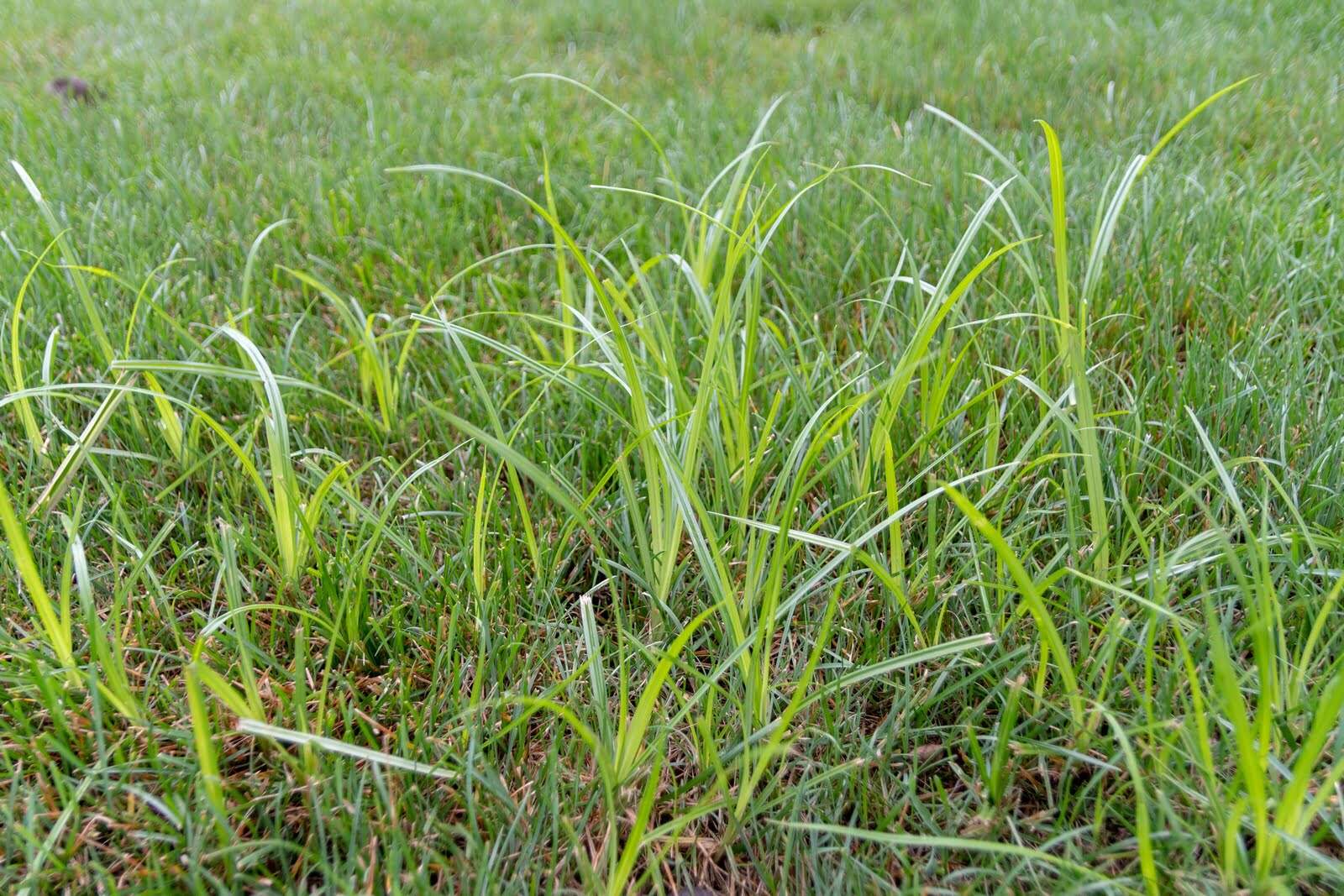
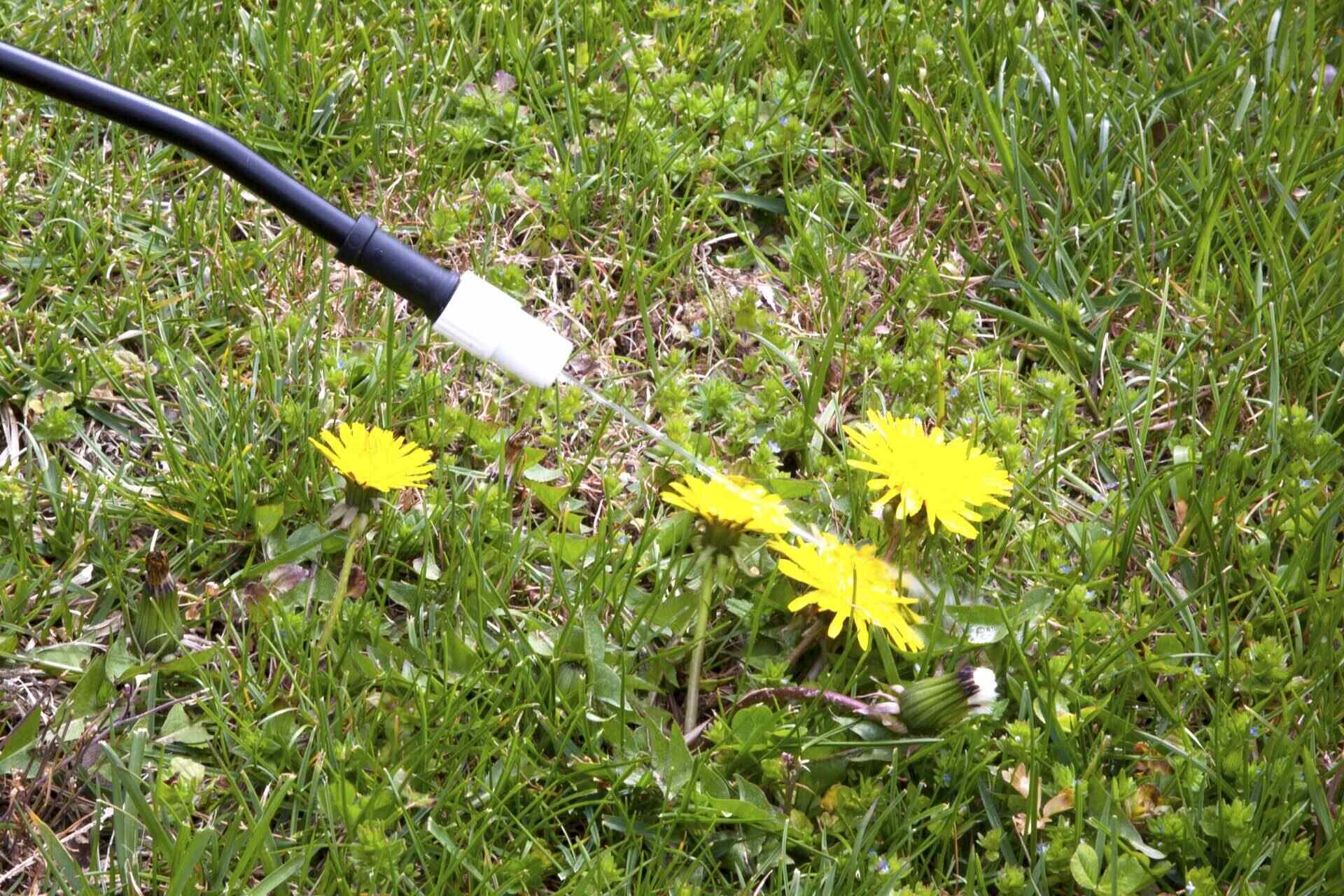
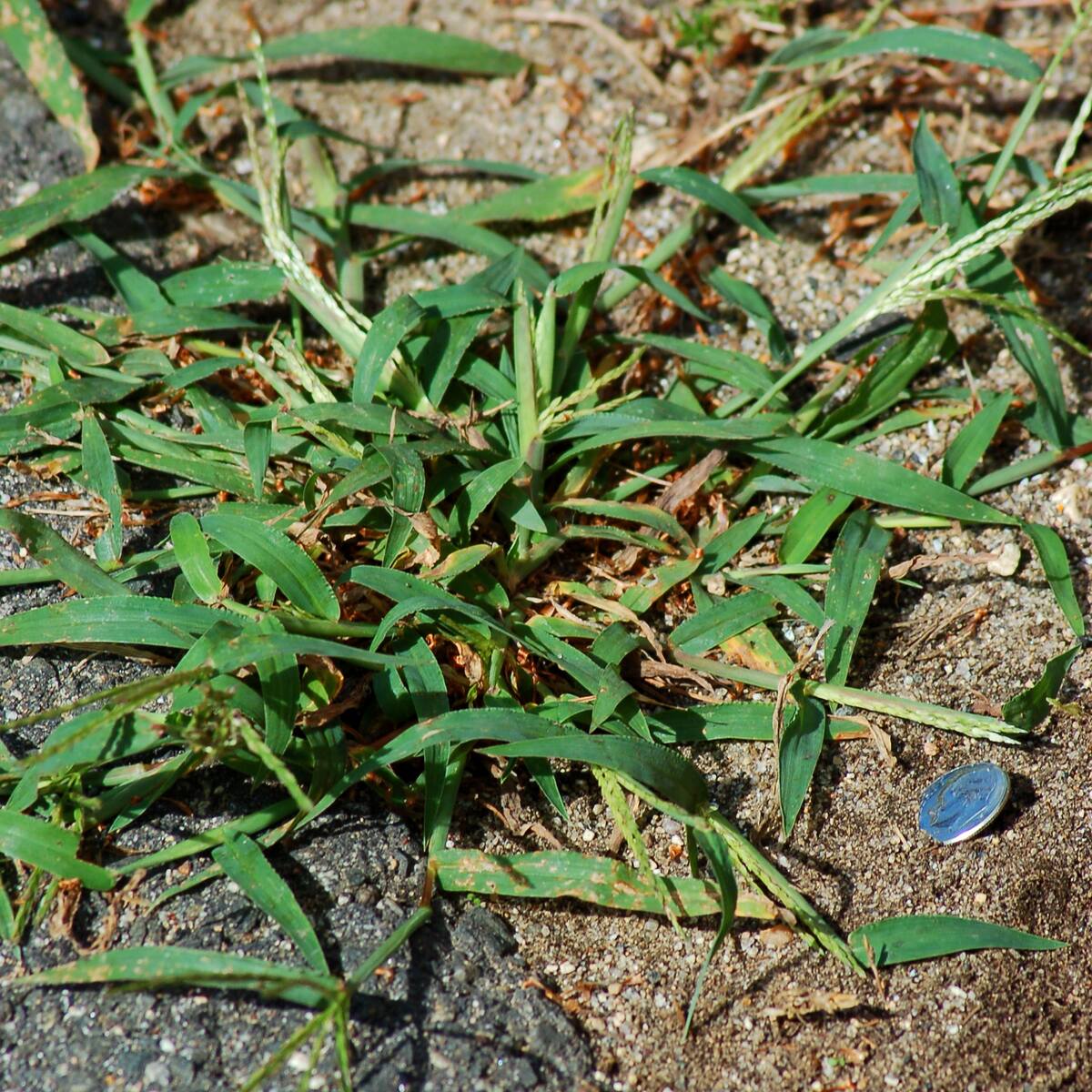
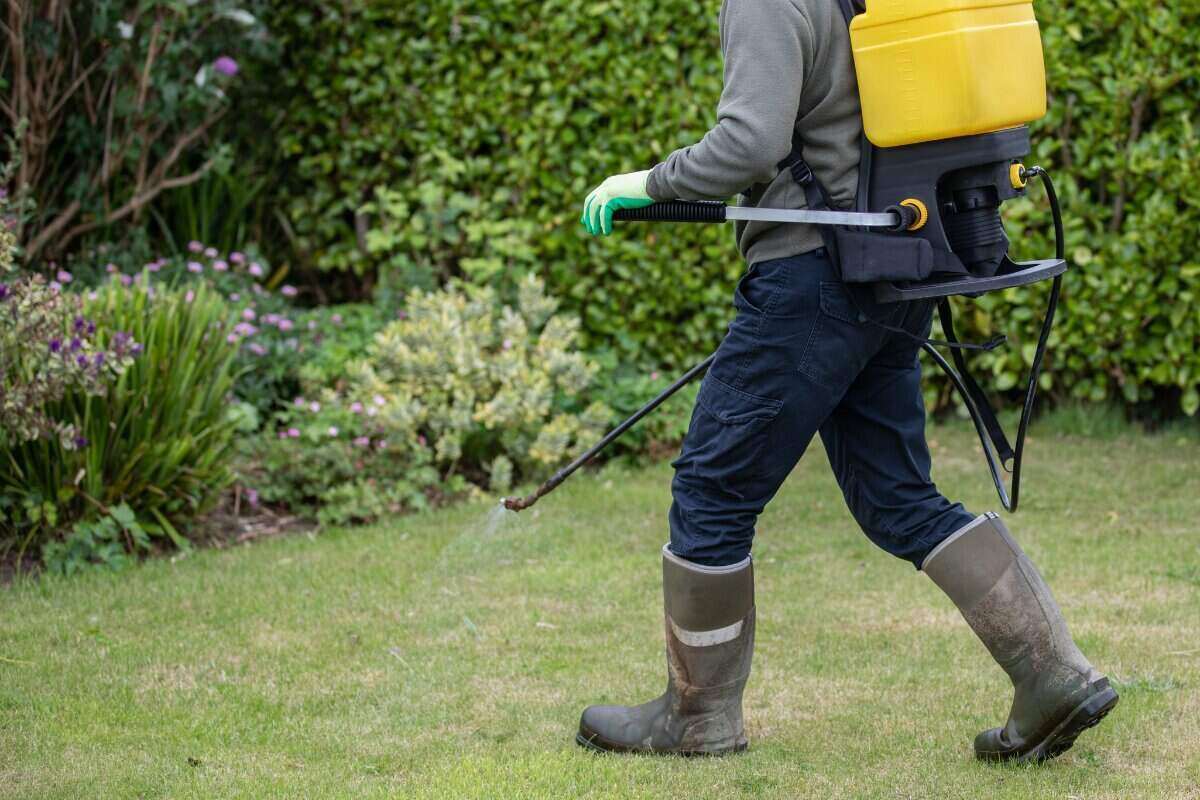
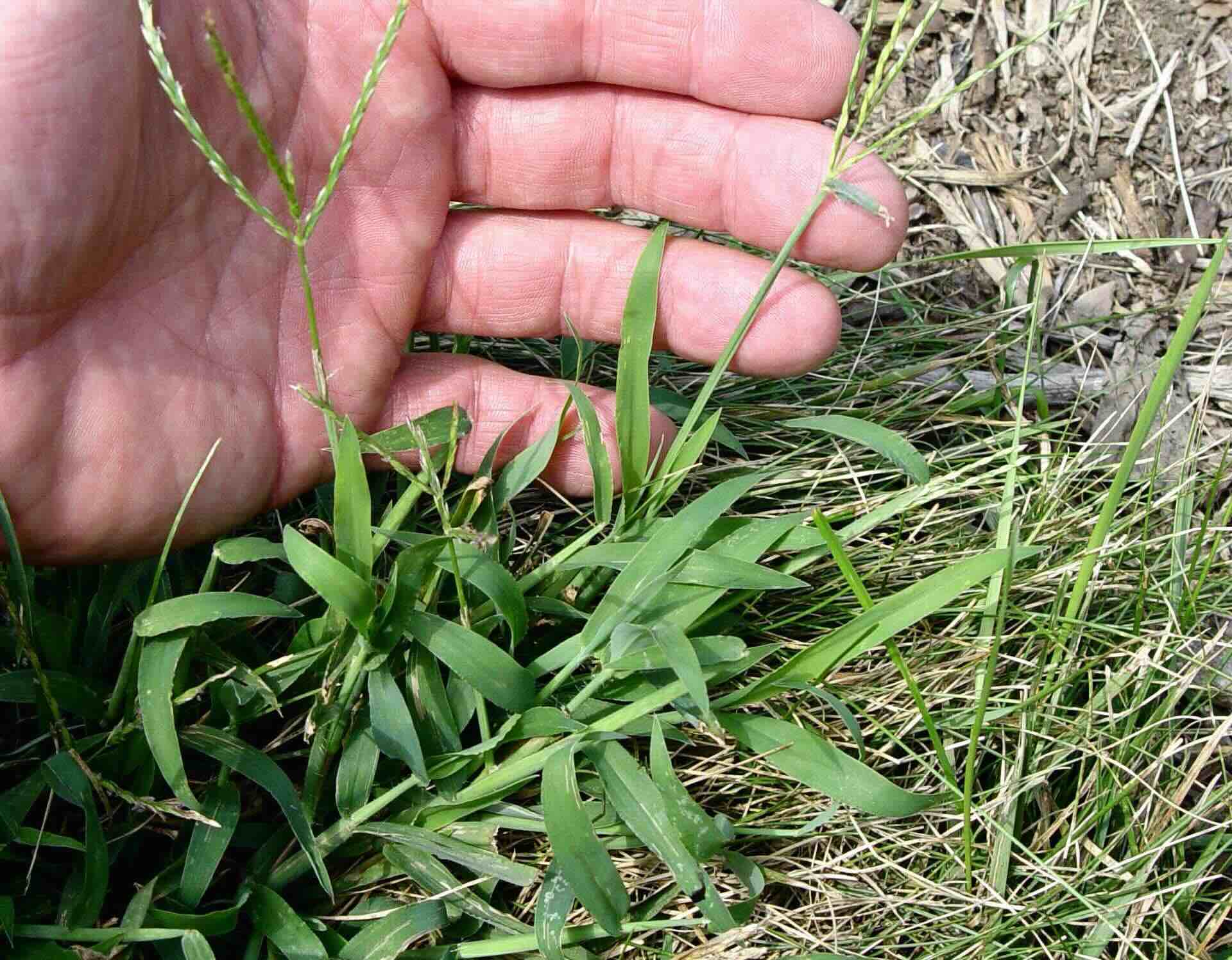
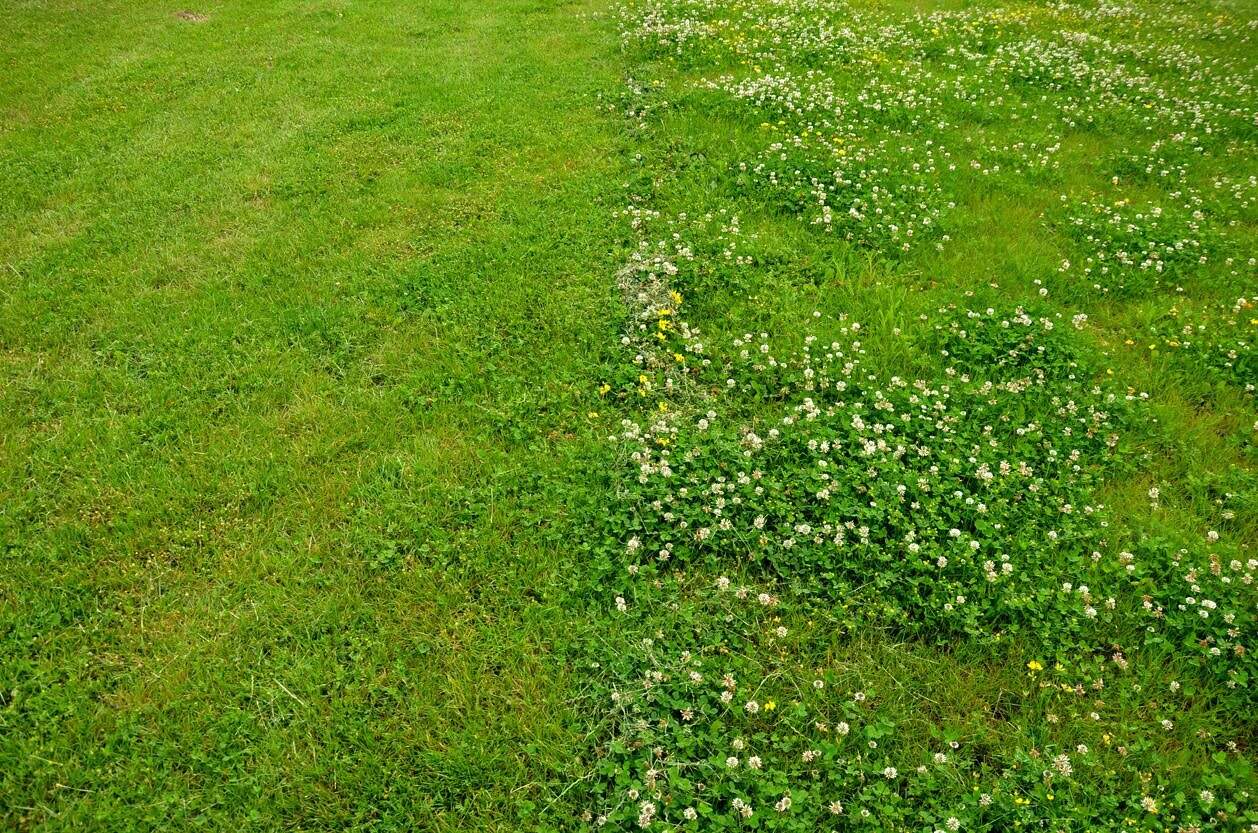
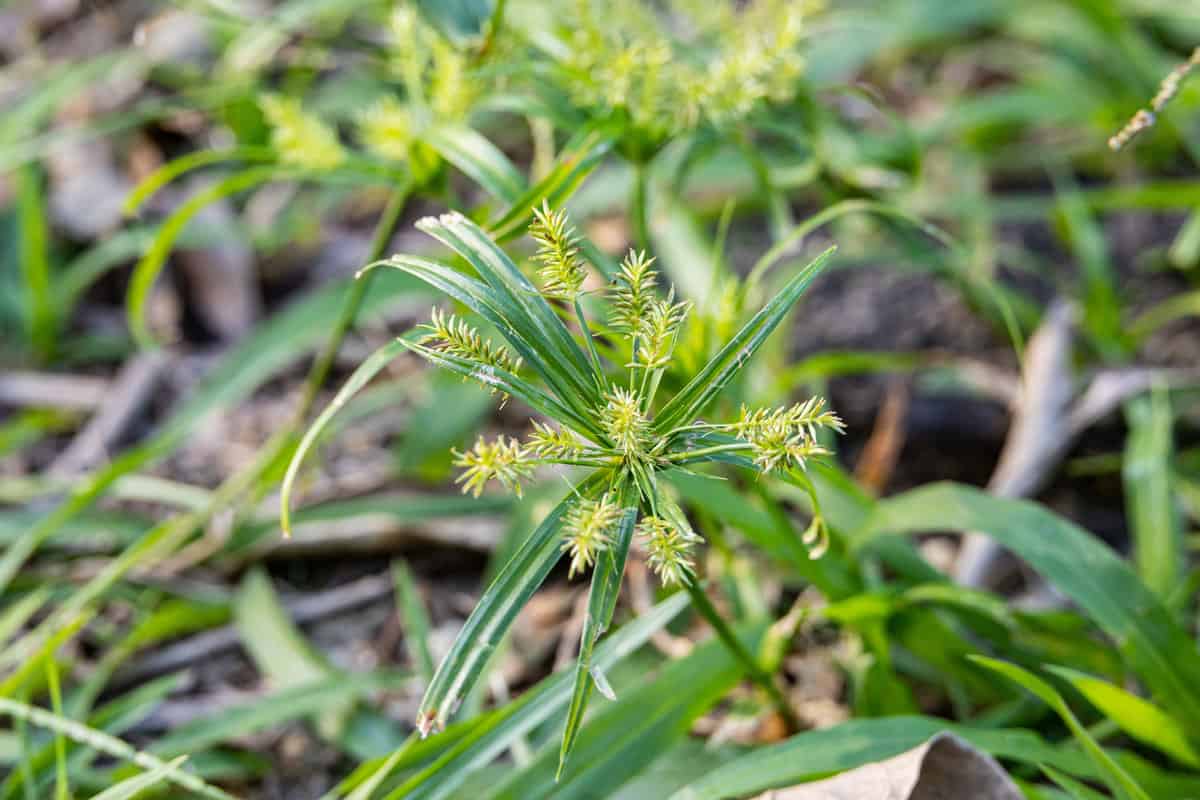
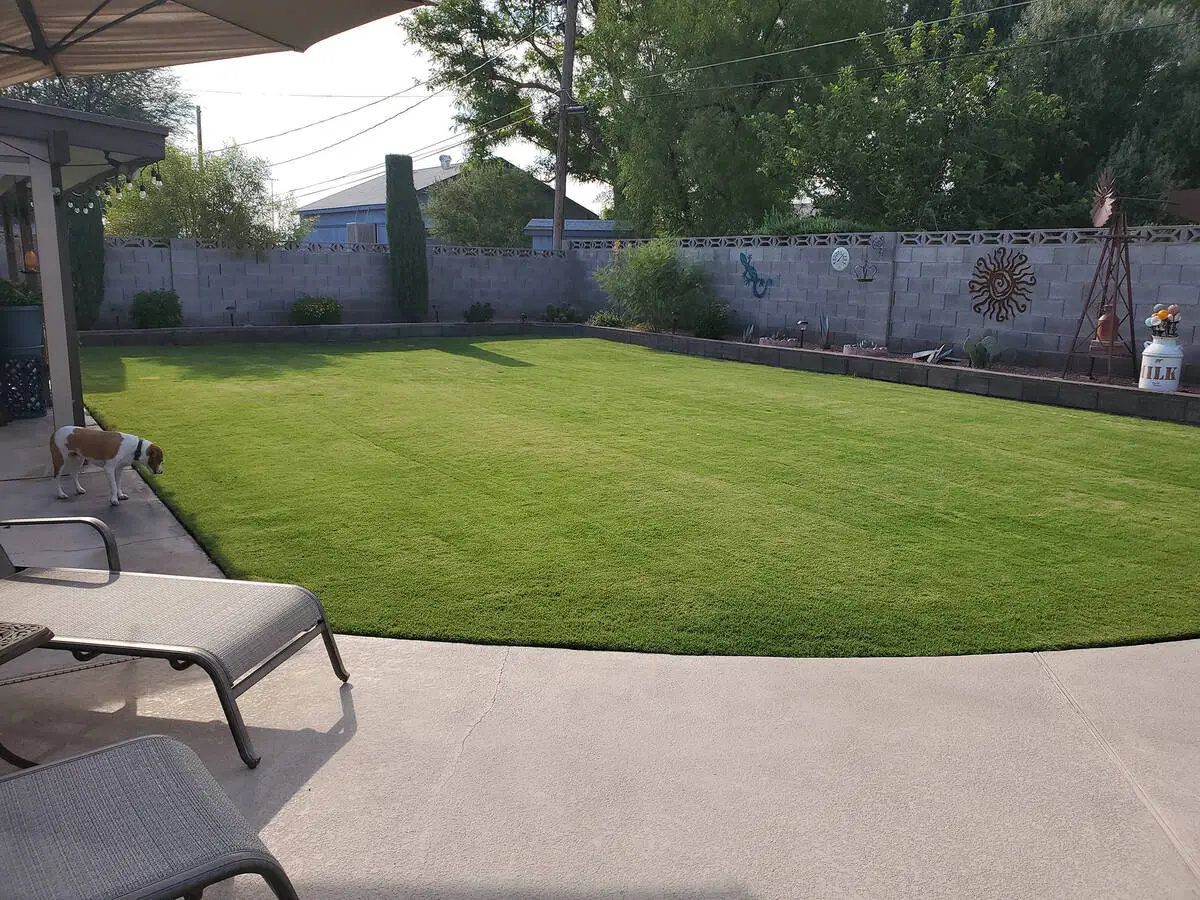
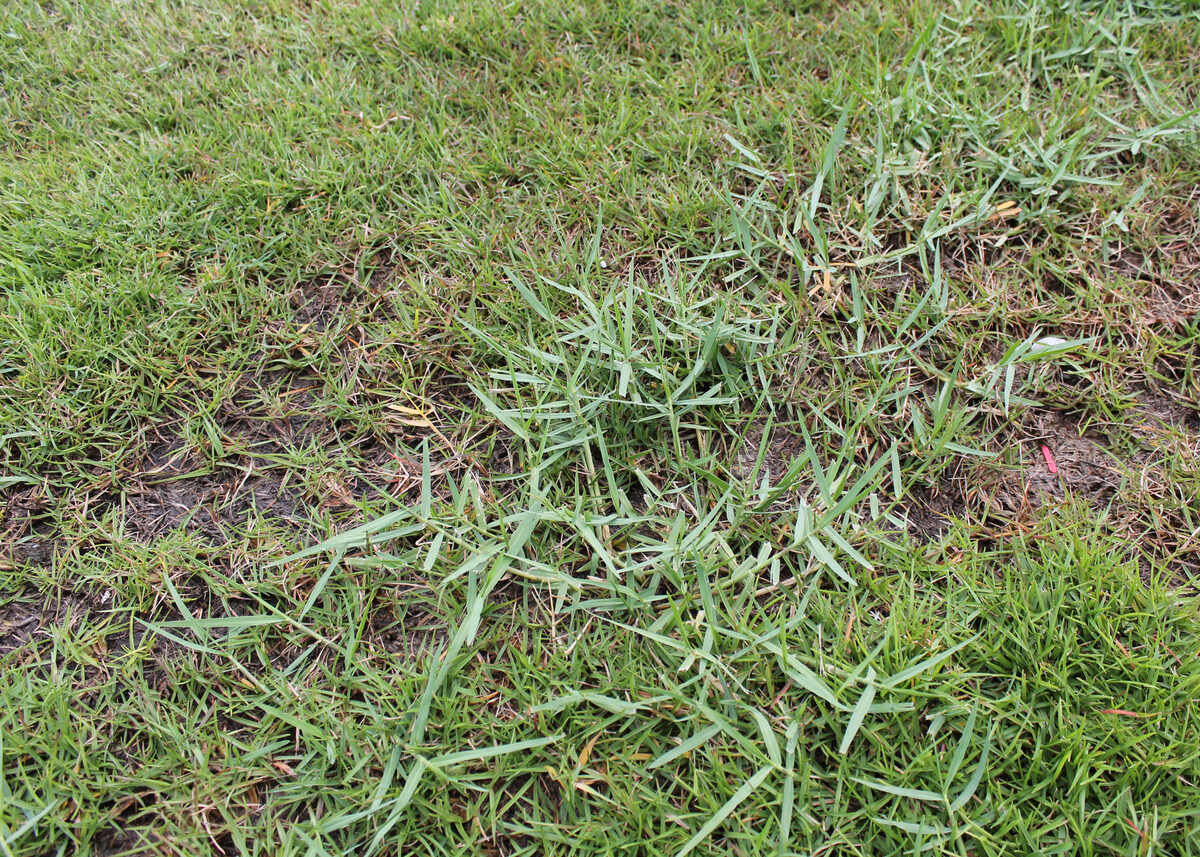
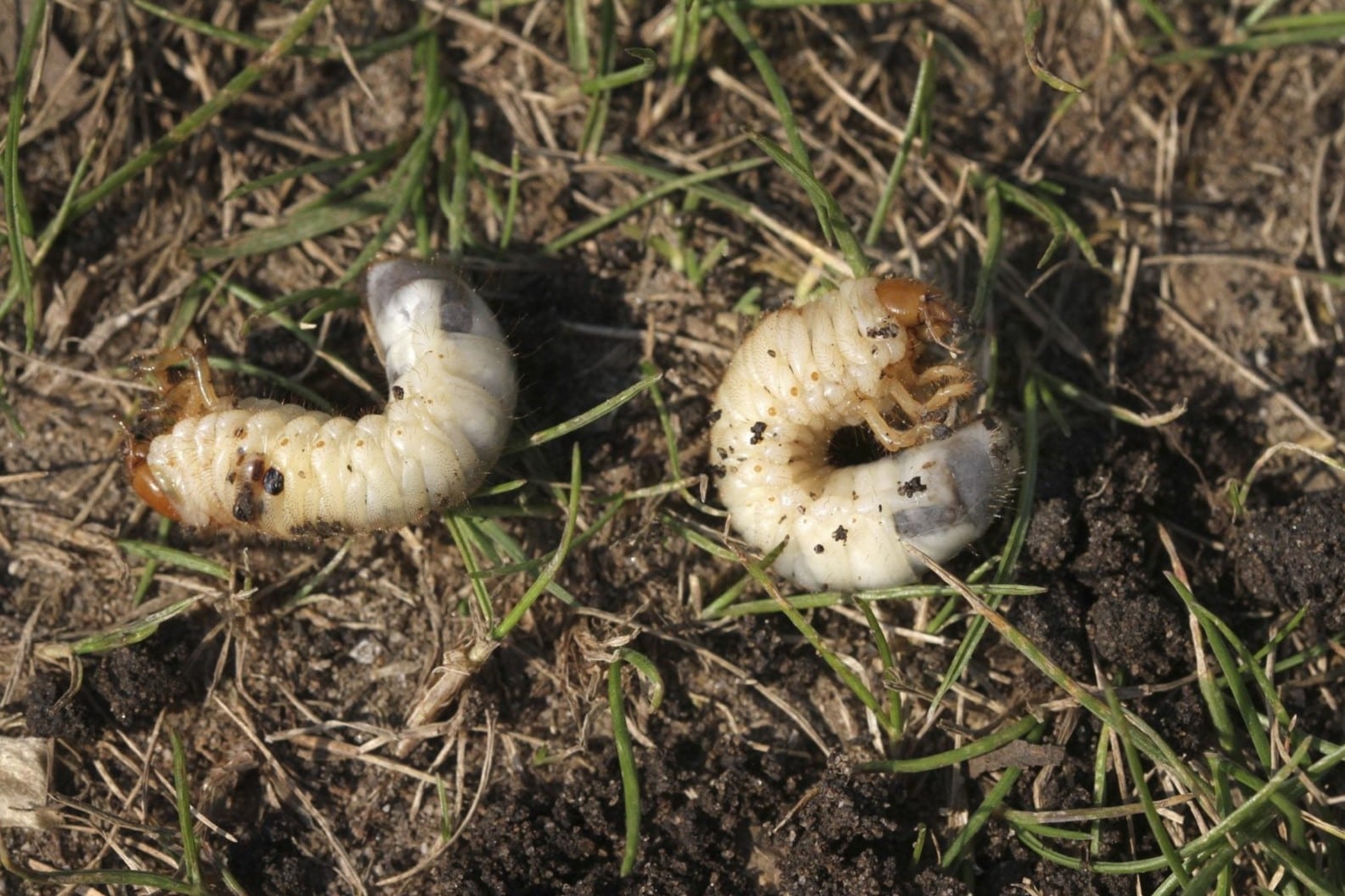
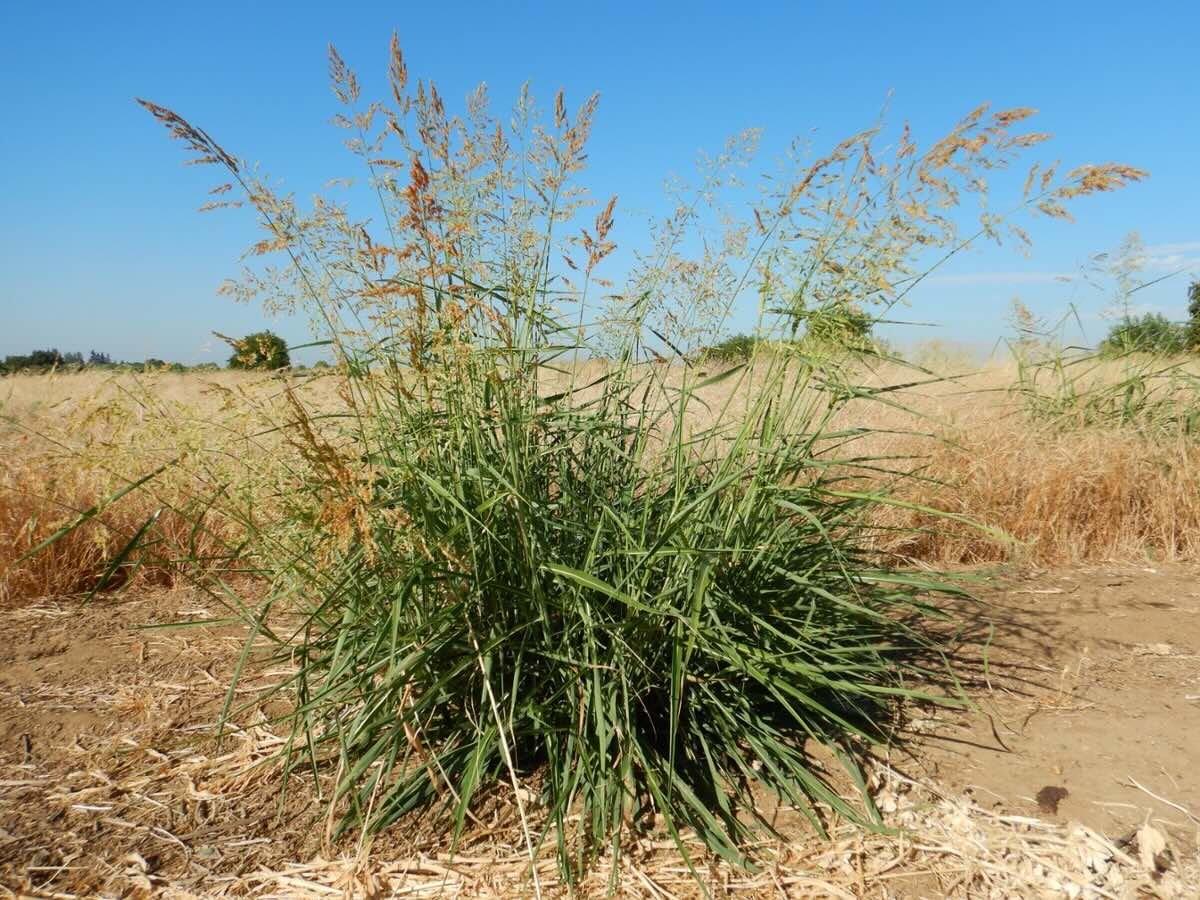

0 thoughts on “What Kills Quackgrass In Lawns”